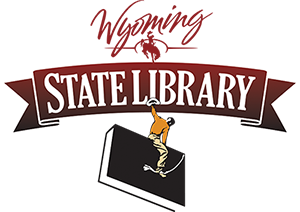By Pamela Mejia de Rodriguez
Reposted with permission from Colorado Virtual Library
 The 2018 Summer Reading theme is “Libraries Rock!” This theme gives us plenty opportunities to create full brain activities through teachable moments.
The 2018 Summer Reading theme is “Libraries Rock!” This theme gives us plenty opportunities to create full brain activities through teachable moments.
Music is considered a means of both expression and learning for children. As caregivers, parents, librarians, and teachers, we encounter young children that struggle with expressing their emotions and feelings through words. Luckily, children express themselves naturally using movement and art. As caregivers, we can help them with self-expression by creating activities that will engage the use of art, like painting, drawing, dancing, and singing.
They have everything they need!
A child’s first musical instrument is their body. Their voice, hands, feet, arms, legs, belly or other body parts can become an instrument. So even if you don’t have any instruments lying around, a child can create sound and rhythm with their body. It’s a fun and explorative way of learning about sounds, beats, and patterns.
Benefits of using music for learning:
- Music creates and reinforces a personal bond between caregiver and child
- Introduce the idea of rhythm and phrasing
- Understand and enhance vocabulary
- Increase memory skills
- Increase listening skills
- Improve rhythm and coordination
- Increase fine and gross motor skills
- Enhances and promotes creativeness and self-expression
Outside-the-library tips:
- (Pay attention to the rhyme, pattern and time in everyday activities. The caregiver models the behavior first and the child will follow the action, using their memory skills)
- Brushing their teeth (up and down, up and down)
- Bouncing a ball
- Eating food from a bowl
- Wash dishes or clothes (You can read Mrs. Wishy-Washy!)
- Sing a lullaby or follow simple partners with instruments
- Bounce: Children will feel the beat in and through their body
- Wiggle fingers or toes: Support fine motor skills and gross motor skills, connect sensation (touch) with music and a fun experience
- Tickling of body parts like the tummy, face, and cheeks, will create sensory stimulations as well as laughter and fun
- Fingerplay will enhance fine motor skills and create the opportunity to follow a rhythm
- Tapping, clapping, stomping will create the opportunity to follow rhythm, beats, and patterns
To learn more about music in early childhood development, visit the following link: https://milnepublishing.geneseo.edu/music-and-the-child/chapter/chapter-8/
